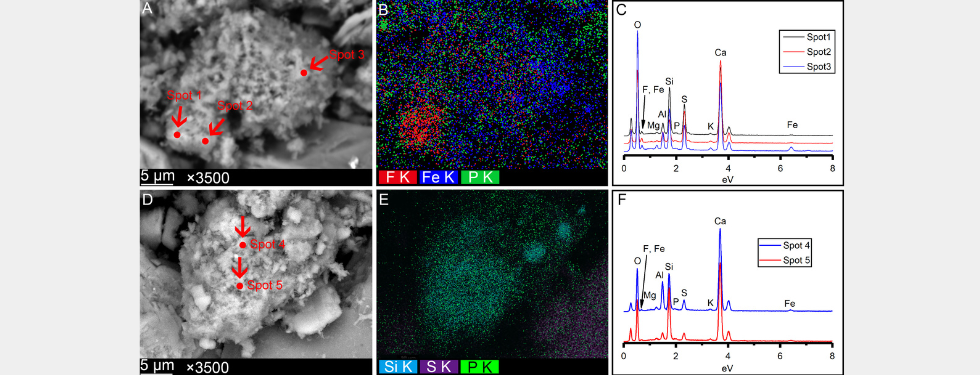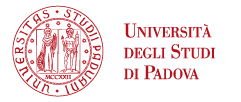A new approach to industrial waste management

A sustainable and responsible supply of raw materials requests specific policies for the management of the associated waste and by-products. Among these, phosphogypsum is formed in large volumes during the production of fertilizers from phosphate rock. A correct management of phosphogypsum is required to avoid leaching of contaminants towards the environment.
A study, recently published in Environmental Research, tackled the problem of phosphorus and fluorine leaching by implementing an integrated experimental and numerical approach.
This research, resulting from the collaboration between the Department of Geosciences of the University of Padova, the Sinosteel Maanshan General Institute of Mining Research Co., Ltd of Maanshan (China), and the School of Resources and Safety Engineering, Central South University of Hunan (China), assessed the parameters, such as pH, that control the retention of contaminants and the role of mineralogical assemblages occurring when phosphogypsum is mixed with cementitious binders.
The study has shown that by combining thermodynamic modeling with microstructural and mineralogical analysis, it is possible to predict the leaching behavior of phosphogypsum, stabilized by cement, in multiple environments.
“As is known to us all, historically, people have been discarding growing quantities of solid waste during the past decades and even nowadays, this land disposal strategy remains the predominant solid waste management method. However, this old-fashioned and space-consuming habit of solid waste dumping strategy was confirmed that would contaminate nearby water-body and threaten public health, especially since heavy metals pollutants are highly water-soluble and non-degradable, tending to eternally persist when released into soil or water due to the weathering process”, remarked Yikai Liu, Ph.D. student of the Department of Geosciences of the University of Padova and first author of this study.
“Therefore having strong background information of the solid waste and the associated stockpile site is fundamentally crucial in selecting the management strategies. Typically, to understand where these contaminants end up, we must first explore their origins. Nevertheless, the experimental characterization is a typical straightforward method that can provide sufficient information for revealing the fate of contaminants. But this direct data acquisition method is typically time and cost-consuming”, Yikai Liu said.
“Geochemical modeling could be a pathway that helps us to predict the future state of such a stockpile system and aids in the design of remedial strategies”, Yikai Liu ended.





